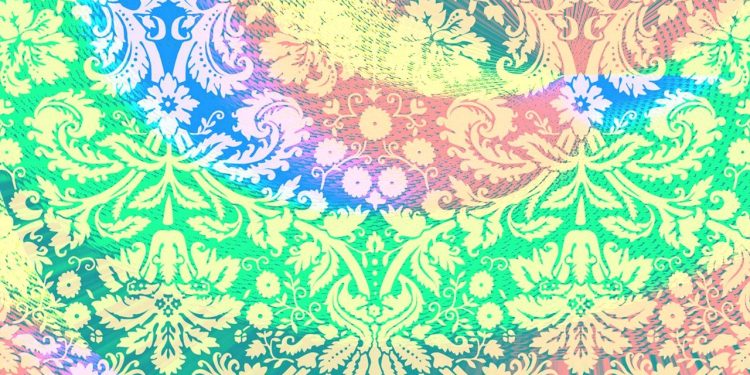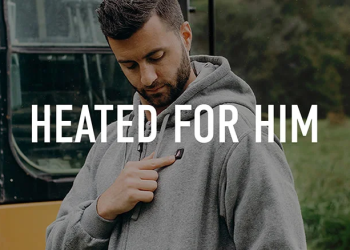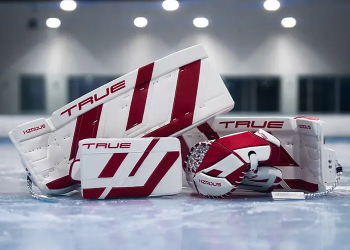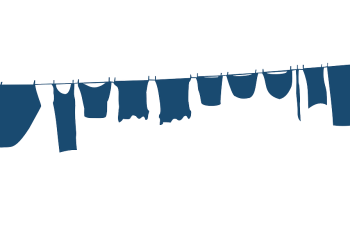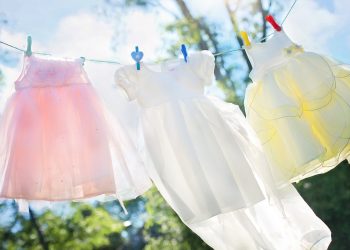Tie-dyeing is a fun and creative way to breathe new life into your old clothes, turning them into vibrant, unique pieces. With a little effort and some basic materials, you can create eye-catching designs that reflect your personal style. Whether you’re revamping a faded T-shirt or experimenting with new patterns, tie-dye is an excellent way to upcycle your wardrobe. Here’s a step-by-step guide to tie-dyeing your clothes at home.
Materials Needed
Before you start, gather the following materials:
- Old Clothes: Cotton T-shirts, sweatshirts, socks, or other natural fabric items work best.
- Fabric Dye: Choose colors that suit your style. Procion MX or Rit dyes are great options.
- Plastic Squeeze Bottles: For precise application of dye.
- Rubber Bands: To create patterns and hold fabric in place.
- Plastic Tablecloth or Garbage Bags: To protect your work surface.
- Plastic Gloves: To prevent dye from staining your hands.
- Bucket or Large Bowl: For pre-soaking and rinsing.
- Water and Soda Ash (optional): Soda ash helps dye adhere better to fabric.
Preparing Your Workspace
Set up a clean and safe workspace to minimize mess:
- Cover your table or counter with a plastic tablecloth or garbage bags.
- Wear old clothes or an apron to avoid stains.
- Keep a bucket of water nearby for rinsing gloves and tools.
Preparing Your Clothes
- Wash Your Clothes:
- Wash items with mild detergent to remove dirt and oils. Skip the fabric softener.
- Soak in Soda Ash Solution (Optional):
- Dissolve 1 cup of soda ash in a gallon of warm water.
- Soak your clothes for 15-30 minutes, then wring out excess water. This step ensures vibrant, long-lasting colors.
Folding Techniques for Patterns
Creating patterns depends on how you fold and secure your fabric. Here are a few popular techniques:
- Spiral:
- Pinch the center of the fabric and twist it into a spiral.
- Secure the spiral with rubber bands, dividing it into 4-6 sections.
- Crinkle:
- Scrunch the fabric randomly and secure it with rubber bands.
- Stripe:
- Fold the fabric accordion-style and secure it with bands spaced evenly.
- Bullseye:
- Pinch a central point of the fabric and pull it upward to form a cone. Wrap bands around it at intervals.
- Sunburst:
- Pinch small sections of fabric and tie them tightly with rubber bands.
Applying the Dye
Once your fabric is folded and secured, it’s time to add the dye:
- Mix the Dye:
- Follow the manufacturer’s instructions to mix dye with water. Use squeeze bottles for easy application.
- Apply the Dye:
- Apply different colors to each section of the fabric, ensuring even saturation.
- Flip the fabric over and repeat on the other side.
- Blend Colors:
- Overlap colors slightly for smooth transitions and unique effects.
- Wrap and Set:
- Wrap the dyed fabric in plastic wrap or place it in a plastic bag to keep it damp.
- Let it sit for 6-24 hours to allow the dye to fully set.
Rinsing and Washing
After the dye has set, it’s time to rinse and wash your items:
- Rinse:
- Rinse the fabric under cold water, starting with the lightest areas to avoid color bleeding.
- Continue rinsing until the water runs clear.
- Wash:
- Wash the fabric separately in cold water with mild detergent.
- Air dry or tumble dry on low heat.
Tips for Success
- Use Natural Fabrics: Cotton, linen, and rayon absorb dye better than synthetic materials.
- Experiment with Colors: Combine complementary colors or stick to a monochromatic palette for different effects.
- Practice First: Test your technique on small fabric scraps before dyeing larger pieces.
- Keep Notes: Record your folding methods and color combinations for future reference.
Advanced Techniques
Once you’re comfortable with basic tie-dyeing, try these advanced methods:
- Ice Dyeing:
- Place ice cubes on your fabric and sprinkle powdered dye over them. As the ice melts, it creates unique patterns.
- Ombre Dyeing:
- Dip fabric gradually into the dye to create a gradient effect.
- Shibori:
- Use traditional Japanese folding and binding techniques for intricate patterns.
Caring for Tie-Dyed Clothes
Proper care helps maintain the vibrancy of your tie-dye creations:
- Wash Separately:
- Wash dyed items separately for the first few washes to prevent color transfer.
- Use Mild Detergent:
- Avoid harsh detergents that can fade colors.
- Avoid Direct Sunlight:
- Dry clothes indoors or in the shade to preserve brightness.
Creative Ways to Use Tie-Dyed Fabric
- Clothing:
- Revamp T-shirts, hoodies, or socks with colorful designs.
- Accessories:
- Create tie-dyed bandanas, tote bags, or headbands.
- Home Decor:
- Use dyed fabric for pillowcases, tablecloths, or curtains.
Tie-dyeing is a fun and eco-friendly way to refresh your wardrobe while expressing your creativity. With endless possibilities for patterns and colors, you can transform old clothes into vibrant, wearable art that stands out in any crowd.


